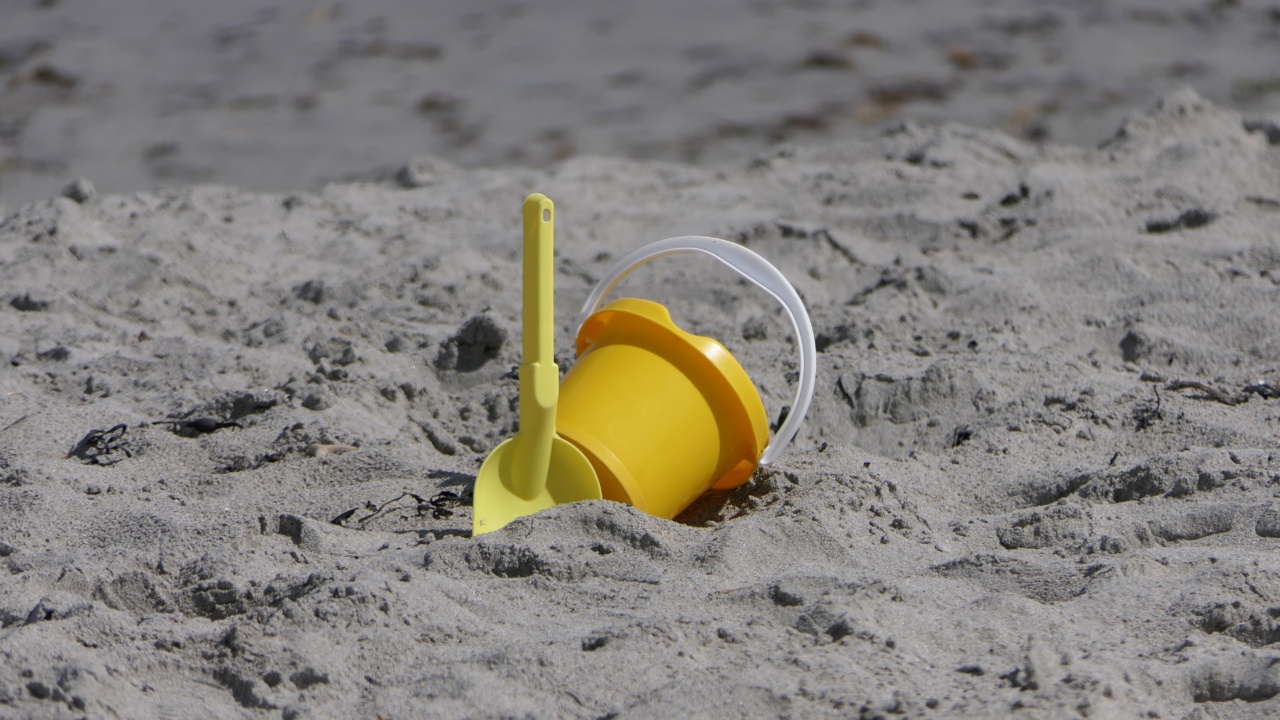Asthma is a chronic respiratory condition characterized by inflammation and narrowing of the airways, resulting in symptoms such as wheezing, shortness of breath, chest tightness, and coughing.
While asthma can affect individuals of all ages, it is particularly prevalent in children. In fact, childhood asthma affects millions of children worldwide and is one of the leading causes of chronic illness in children.
One significant trigger for asthma symptoms in children is viral infections. Viruses can exacerbate asthma symptoms or even trigger an asthma attack.
Understanding the link between child asthma and viral infections is crucial for parents, caregivers, and healthcare professionals in managing and preventing asthma attacks in children. In this article, we will delve into various aspects of child asthma and viral infections.
What Causes Child Asthma?
Asthma in children is caused by a combination of genetic and environmental factors. If a child has a family history of asthma or allergic conditions, such as hay fever or eczema, they are more likely to develop asthma.
Additionally, exposure to certain environmental triggers, such as allergens like pollen, dust mites, or pet dander, can also contribute to the development of asthma in susceptible individuals.
In children, asthma symptoms are often triggered by respiratory viral infections. Common viruses that can cause or worsen asthma symptoms include respiratory syncytial virus (RSV), rhinovirus (common cold), influenza virus, and parainfluenza virus.
How Viral Infections Affect Child Asthma
When a child with asthma contracts a viral infection, the respiratory tract becomes inflamed, making the airways more sensitive and prone to narrowing. This narrowing impairs the flow of air, leading to asthma symptoms.
Additionally, viral infections can cause excess mucus production, further obstructing the airways and exacerbating asthma symptoms.
Viral infections can trigger a range of asthma symptoms, including coughing, wheezing, shortness of breath, and chest tightness. In some cases, viral infections can lead to severe asthma attacks, requiring immediate medical intervention.
Preventing Viral Infections in Children with Asthma
Preventing viral infections is crucial in managing asthma symptoms and preventing asthma attacks in children. Here are some essential preventive measures:.
1. Frequent Handwashing
Encourage your child to wash their hands frequently with soap and water. Handwashing helps reduce the spread of viruses and other pathogens, minimizing the risk of respiratory infections.
2. Immunizations
Ensure your child is up to date on their vaccinations, including the influenza vaccine. Vaccines protect against specific viral infections and can significantly reduce the severity of respiratory illnesses.
3. Avoidance of Sick Individuals
Try to limit your child’s contact with individuals who have respiratory infections. If possible, keep them away from crowded places, especially during peak seasons for viral infections.
4. Good Hygiene Practices
Teach your child about good hygiene practices, such as covering their mouth and nose with a tissue or their elbow when coughing or sneezing. This helps prevent the spread of viruses through respiratory droplets.
Managing Asthma During Viral Infections
While prevention is key, it is not always possible to completely avoid viral infections. Therefore, it is crucial to have an asthma management plan in place. Here are some strategies to manage asthma during viral infections:.
1. Controller Medications
If your child has persistent asthma, they may be prescribed controller medications to manage their symptoms. It is essential to adhere to the prescribed regimen, especially during viral infections, to keep asthma symptoms under control.
2. Quick-Relief Medications
Quick-relief medications, such as short-acting bronchodilators, can provide immediate relief during an asthma attack. Make sure your child always has quick-relief medication on hand and that you are aware of the correct administration technique.
3. Regular Check-ups with the Pediatrician
Regular check-ups with your child’s pediatrician are crucial for monitoring their asthma and adjusting the treatment plan as needed.
During viral infections, your child may require additional medications or adjustments to their current medications.
4. Follow Asthma Action Plan
Work with your child’s healthcare provider to develop a personalized asthma action plan.
This plan provides clear instructions on when to adjust medication dosages, when to seek medical help, and how to manage asthma symptoms during viral infections.
Final Thoughts
Asthma can significantly impact a child’s quality of life, and viral infections can worsen asthma symptoms.
By understanding the link between child asthma and viral infections, parents, caregivers, and healthcare professionals can take appropriate preventive measures and manage asthma effectively during viral illnesses. Remember, early recognition of asthma symptoms, adherence to prescribed medications, and timely medical interventions are key to ensuring optimal respiratory health in children with asthma.




























